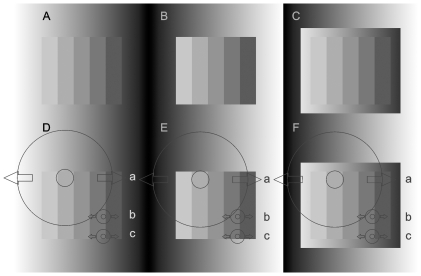Figure 5. Perceptual experience vs. the stimulation of DoG filters of different spatial scales.
The staircases are physically identical in all the six panels. The steps in B are perceived as spatially uniform, while steps in A and C are both perceived as crimped, i.e. the inner ramp dominates in C. Panels D, E and F correspond to A, B and C respectively, illustrating larger and smaller DoG filters at critical locations. A portion of the inhibitory surrounds of small DoG filters near the upper and lower boundary edges of the staircases (c) reaches into the ramp, therefore if they are moved along the horizontal direction, their output will be somewhat similar to human perception due to the change of the intensity of the ramp along the horizontal direction. However, if the small DoG filters are moved within the inner area of the staircase (b), they do not reach into the ramp, therefore they provide identical outputs for all images, contradictory to human perception. The effect of the ramp background can manifest in the DoG filter outputs in the midline of the staircase if and only if the diameter of the DoG filter is larger than the height of the staircase. Following the same logic as above, DoGs of such large diameters (a) might predict the different perception of A and B. Nonetheless, such large filters exceed significantly beyond the inner ramp in F(a). As a consequence, the stimulation of DoG filter F(a) is much more similar to that of E(a) compared to D(a). This is in contradiction with human perception, since the perception of A and C are crimped, while B is perceived as flat.

